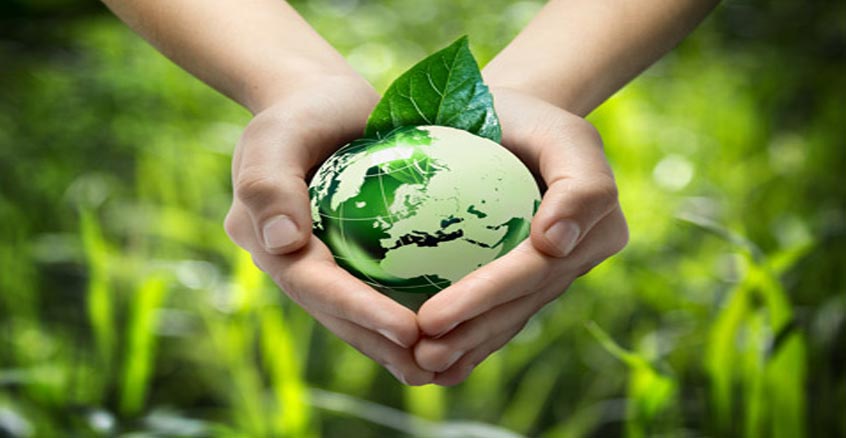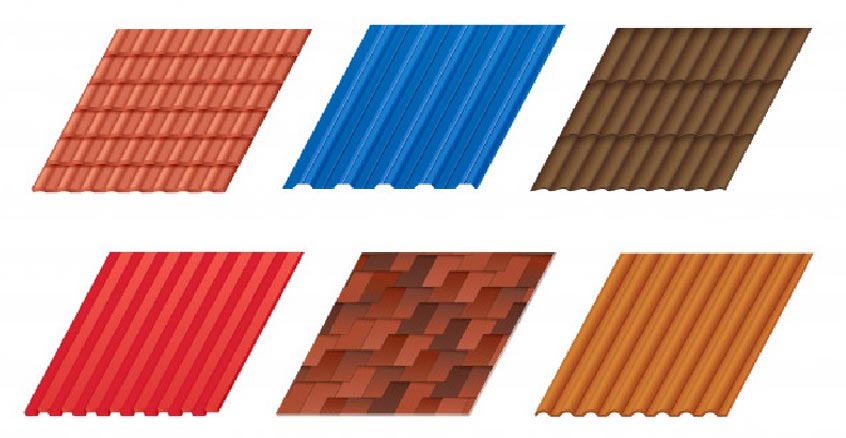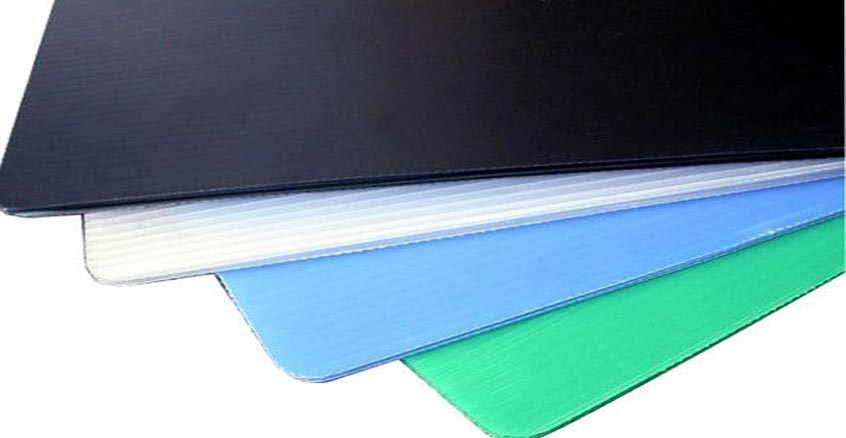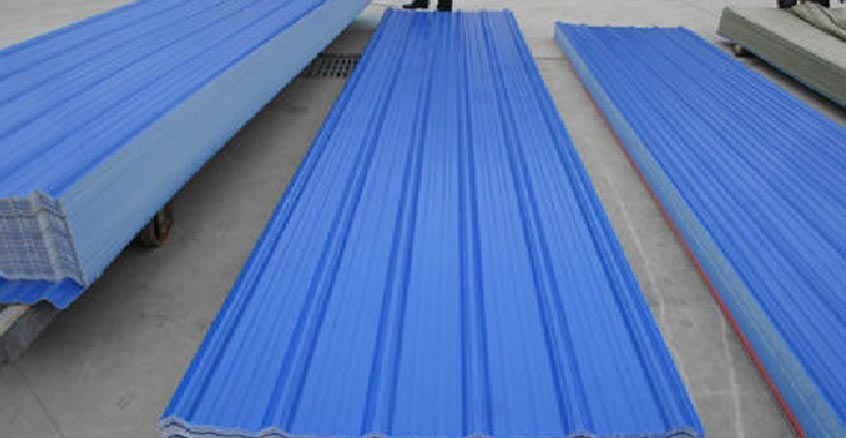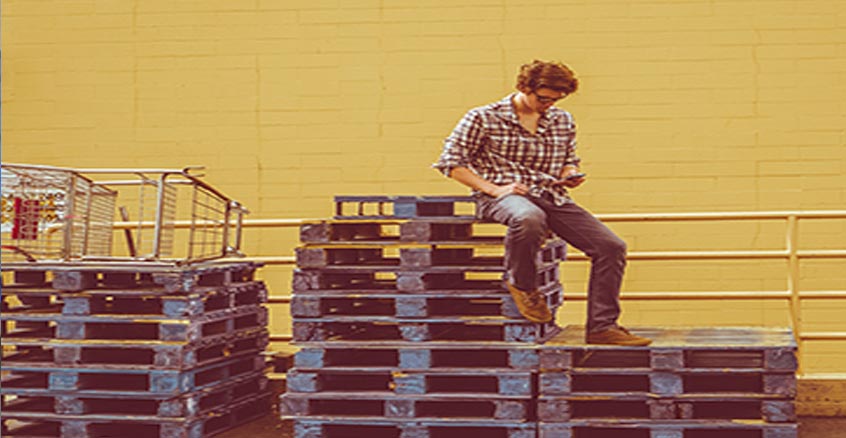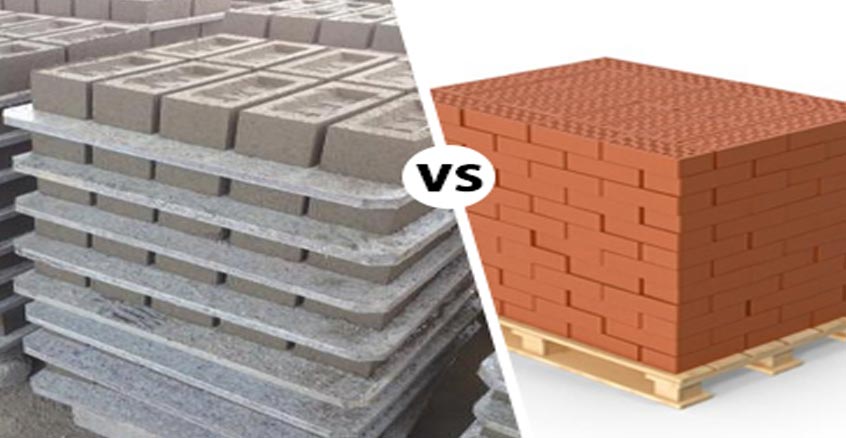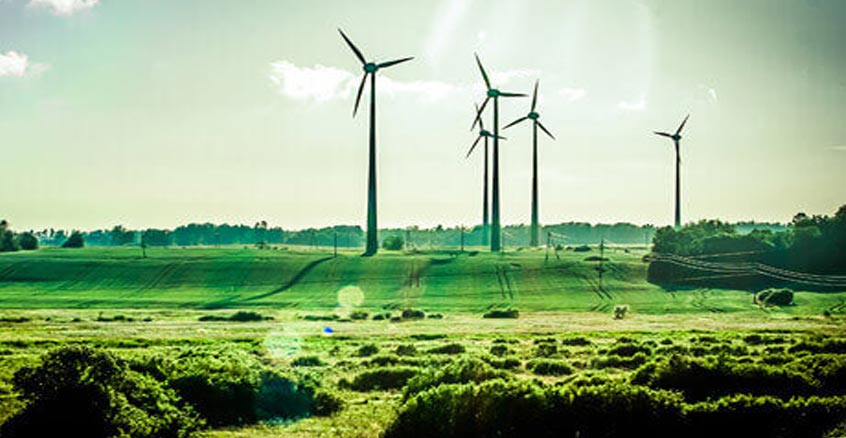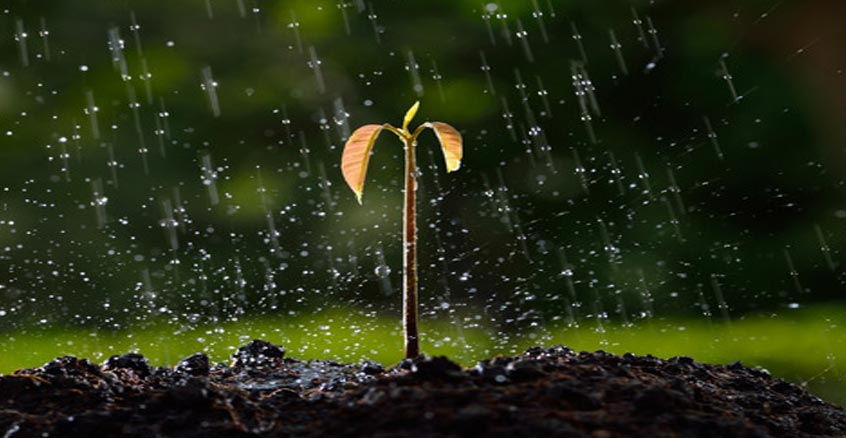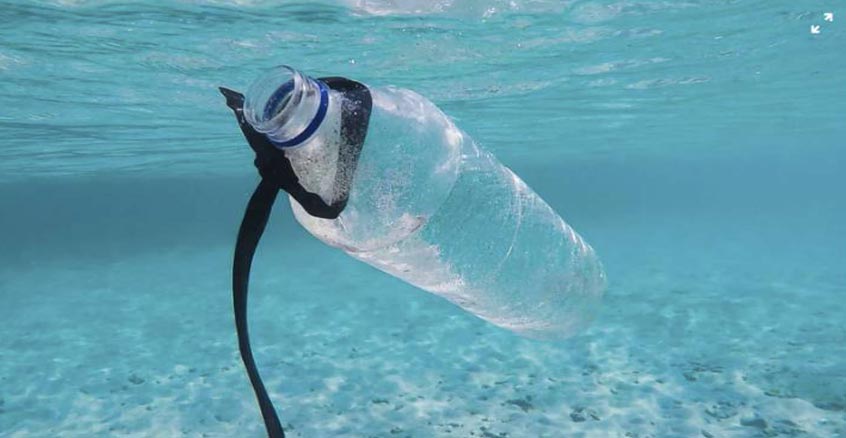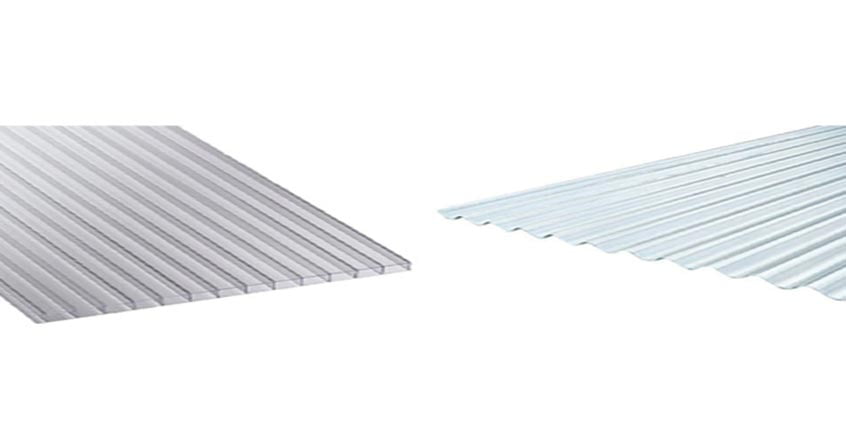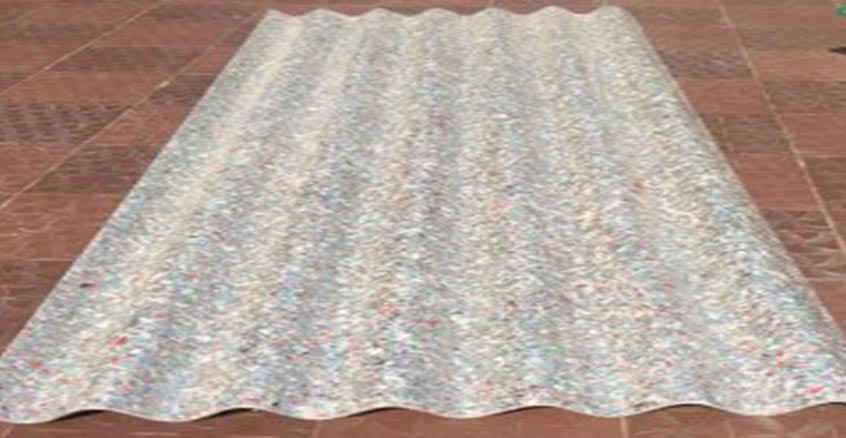What is a plyboard?
Plyboard also called blockboard, is one of the most important materials used in the construction industry. The plyboard is especially used for furniture, tables, doors, shelves, wardrobe, etc. The plyboard is made up of 3 layers where the wood stripes are sandwiched in between the other layers called a veneer sheet. The plyboards are available in various thicknesses and sizes.
Why use eco-friendly plyboards for construction?
The safety of the environment is a major concern these days. People are finding ways to improve the condition of the environment. Because of several reasons like deforestation, over-population, pollutants, emission of fossil fuels, etc. are the major causes of environmental pollution. Environmental pollution has affected the world in the most unexpected way. The ozone hole, seasonal changes, lifestyle changes, lack of reliability on natural foods, dependence on medicines rather than the food are the consequences of environmental pollution. From these, one can understand the importance of the usage of eco-friendly materials.
An individual must try to use eco-friendly materials and has to depend less on those that can harm the environment. Even in the construction industry, there are a lot of materials that are actually hazardous to the environment. One has to avoid using such materials and the practice of using eco-friendly materials must be implemented to have a healthy environment.
Plyboard is one of the most widely used materials during any construction like office, house, hospital, etc. Plyboards that are least hazardous must be encouraged.
Some of the examples of eco-friendly plyboards used in construction are:
- Corrugated recycled plastic sheets.
- Regenerated plastic sheets.
- Recycles plastic sheets.
Here are some of the key advantages offered by these eco-friendly plyboards:
IMPRESSIVE DURABILITY:-
The plyboards offer high durability. They are widely used because of the reason that they are able to withstand high pressures with great strength. For example, the corrugated recycled plastic roofing sheet, which is an eco-friendly material, offers great durability. It is said that this material is 200 times durable than glass.
RESISTANCE:-
The various types of plyboards offer resistance to Ultraviolet radiation, extreme temperatures, and bad weather conditions. The eco-friendly plyboard products like regenerated plastic sheets offer high resistance to the above-said parameters. Thus, the usage of these materials in construction can protect one from various hazards like Harmful UV rays, overheating, etc.
TEMPORARY HOMAGES:-
The eco-friendly materials like regenerated plastic roofing sheets, corrugated plastics are useful during disasters like floods, tsunami, etc. These materials can be used to build temporary homes. Because they are very light in weight and are resistant to most of the harmful parameters, they are widely used after disasters like earthquakes, floods, etc.
LESS THERMAL CONDUCTIVITY:-
The above said eco-friendly plyboards offer the least thermal conductivity. Thus, one need not worry about the damages and risks involved. Substances with the least thermal conductivity control heat conduction, convection, and radiation. They also save energy consumed by preventing heat transmission between various materials. Thus, low thermal conductivity is one major advantage one can get by using eco-friendly plyboards like the corrugated cardboard which is a good insulator.
TRADITIONAL MATERIALS CAN BE REPLACED:-
The recycled plastic sheets can now be produced with great ease from the waste materials. And this material can be used for various requirements like furniture, the building of houses, roofing, ceiling, etc. Thereby, one can replace the traditional building materials like cement with these materials. Costs are reduced and a new look will be imparted to the house. These materials are considered as modern building materials. Thus, modern and stylish construction can be made by omitting the use of traditional materials.
LIGHTWEIGHT IN NATURE:-
The plyboards are mostly lightweight in nature. Yet, they offer high durability. Thus, plyboards find various applications like roofing, ceiling, furniture, etc. The corrugated recycled plastic roofing sheet is an important example. Its weight is 5 times lesser than that of plywood. Packaging and consignment become easier if substances are light in weight. Therefore, convenience during packaging and shipping can be ensured.
ATTRACTIVE APPEARANCE:-
As already mentioned above, these materials look much more attractive. One can design them in the way they like. Various designs, sizes, shapes are available with these materials. Thus, attractive appearance is the result.
REQUIRES MINIMAL OR NO MAINTENANCE:-
The materials like recycled plastic roofing sheets are easy to use. Also, they do not damage so easily. As said above, they are highly durable, highly resistant and ductile, because of which their damage is not so easy. Thus, no damage costs can be observed. They run for a longer time period and they do require very minimal or no maintenance for years together.
SUSTAINABLE ENVIRONMENT:-
Last, but not the least, the use of eco-friendly materials during construction protect the environment and can lead to a sustainable environment. After all, the intention of the use of these environment-friendly materials is to save the environment surrounding us. By using recycled and regenerated plastics for construction will show a great positive impact on various aspects of life.
SAVES THE LANDFILL SPACE:-
It is well known that most of the solid waste is either dumped into landfill spaces or is burnt in the open environment. If an individual is able to utilize this solid waste for any purpose, then the landfill spaces will not get depleted easily. Already, a lot of landfill space has got depleted because of the waste. To save the existing one, recycling of waste materials is significant.
CONSERVES NATURAL RESOURCES:-
According to the traditional methods of construction, we use cement, clay, wood, etc. for construction. We know, wood comes from trees. To produce wood, we go for deforestation. Again, deforestation leads to consequences like lack of rainfall, lack of fresh air, unusual seasonal changes and so on. One has to go on cutting trees to make the construction or other things like furniture etc. But, what if we recycle and reuse the already existing materials. Will that not conserve natural resources? Yes, it does. Natural resources can be conserved thereby.
REDUCES POLLUTION:-
MOST OF THE MATERIALS USED IN CONSTRUCTION CAN SHOW POLLUTING EFFECTS. CONSIDER THE EXAMPLE OF METALS. YES, METALS ARE ALSO USED IN CONSTRUCTION. SOMETIMES, IF PROPER CARE IS NOT TAKEN, METALS MAY ENTER THE SOIL AND MAY LEAD TO LAND POLLUTION. PLANTS MAY GET AFFECTED. THE ANIMALS DEPENDING ON PLANTS WILL GET AFFECTED RESULTING IN THE DISTURBANCE IN THE ENTIRE ECOSYSTEM.
Thus, by recycling the waste material like plastics and using eco-friendly materials, a lot of problems can be avoided resulting in a healthy and sustainable environment.

